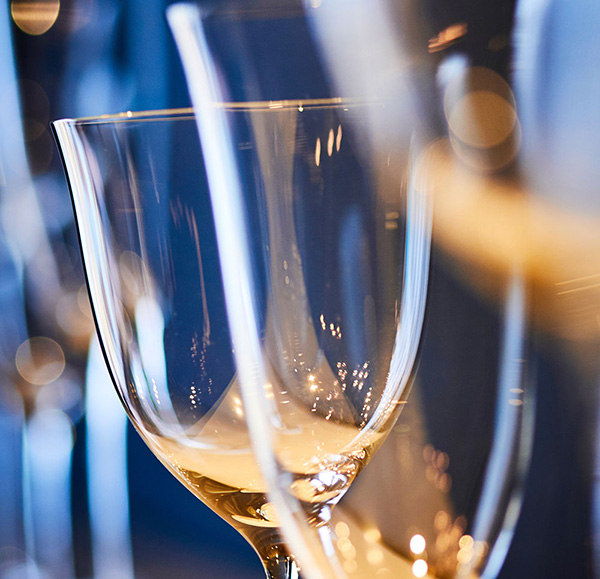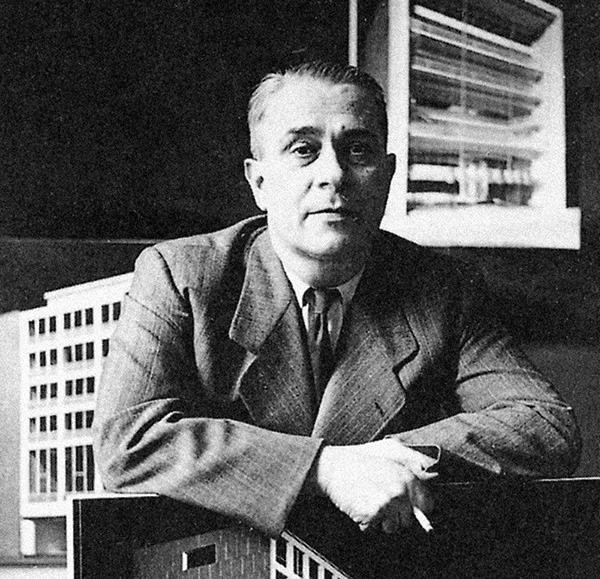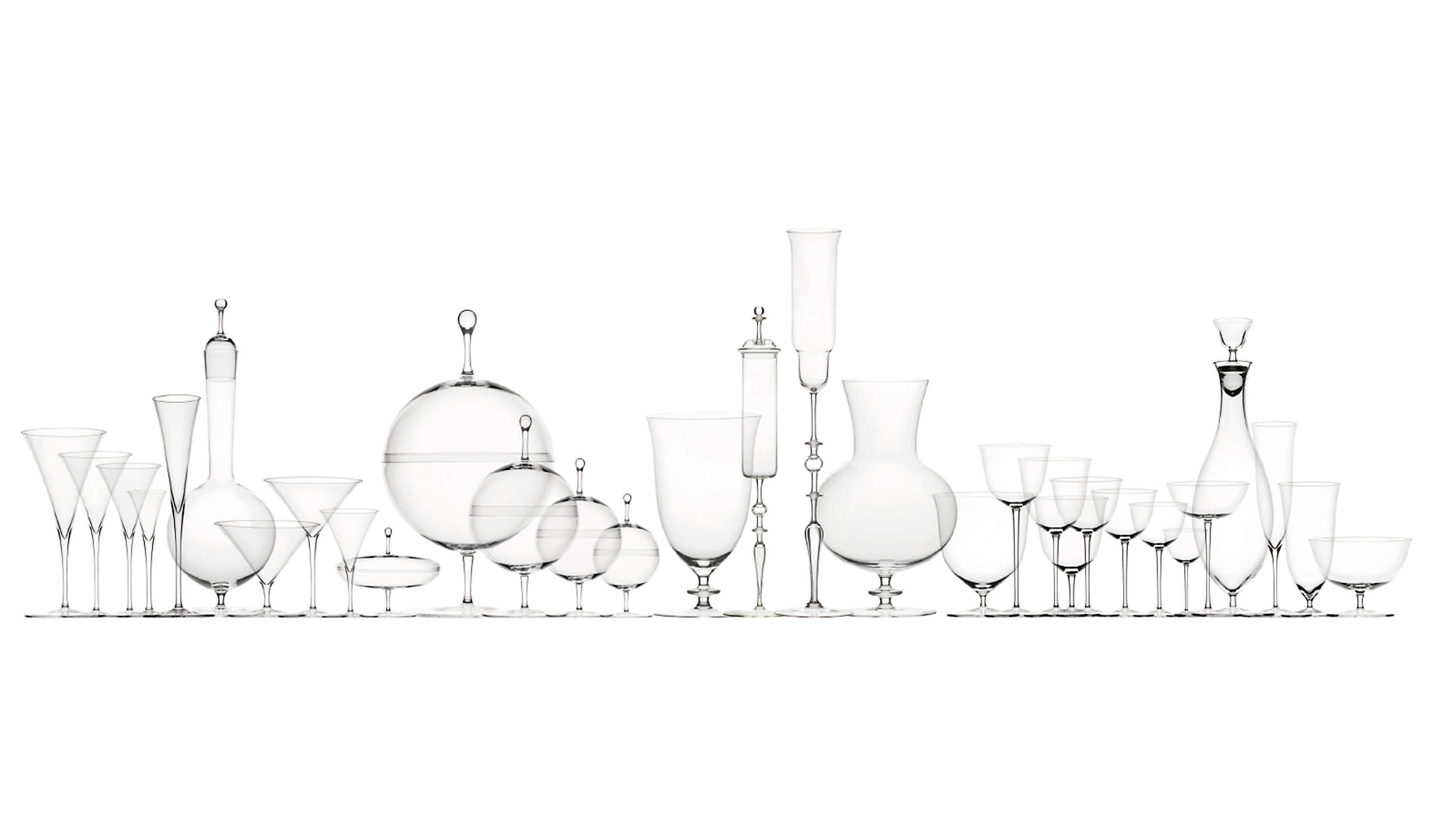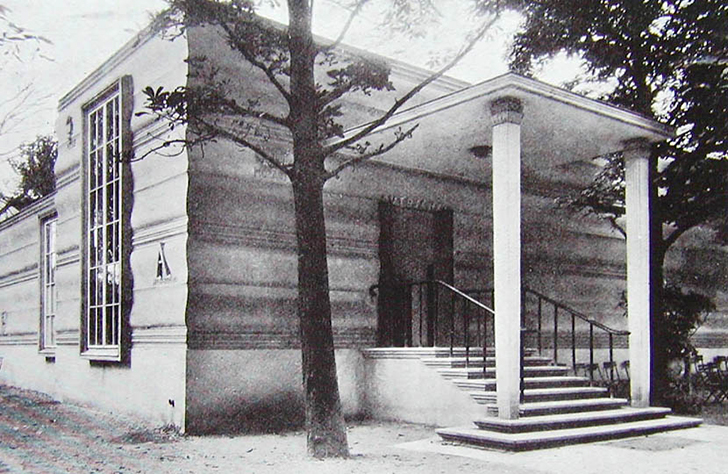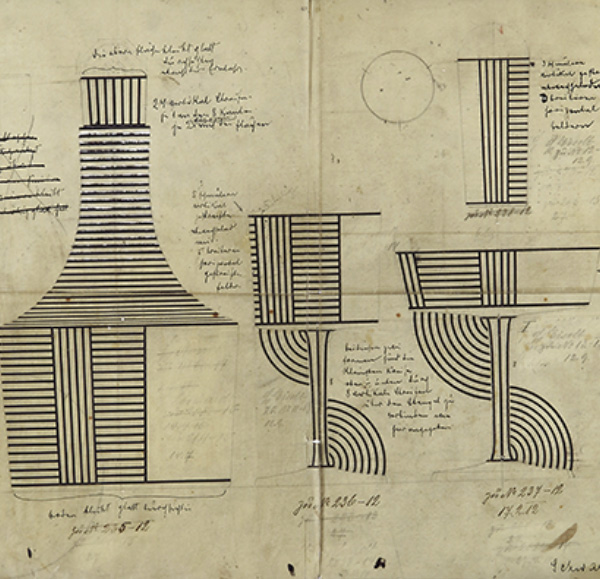
Login
NEW CUSTOMERS
By creating an account with our store, you will be able to move through the checkout process faster, store multiple shipping addresses, view and track your orders in your account and more.
CREATE AN ACCOUNTSEARCH
Shopping cart
Lobmeyr at the Art Deco Expo 1925
The Exposition internationale des arts décoratifs et industriels modernes in Paris in 1925 gave the style Art Deco its name. The call for entries explicitly stipulated that only objects of a “new style” could be shown, meaning the international avant-garde.
Josef Hoffmann was appointed chief architect of the Austrian pavilion and brought other modern designers including Oskar Strnad, Josef Frank, and Peter Behrens on board. Lobmeyr owner Stefan Rath was one of the ten members of the executive committee. An elaborate catalogue was printed using a font by Behrens and a cover based on a fabric design by Dagobert Peche. In Paris, a jury awarded prizes in 37 different categories.
The Grand Prix for Glass (Class 12) went to Lobmeyr.
Lobmeyr à Paris 1925
At the exhibition, well-known Viennese salonnière and journalist Bertha Zuckerkandl wrote that Hoffmann had created spaces that served up the “magic of materials” and saw a new style in the archaic, abstract forms, many of which were created by artists of the Wiener Werkstätte.
Earlier developments in the arts in Vienna, beginning with Otto Wagner, Gustav Klimt, Hugo von Hofmannsthal, and Gustav Mahler, had already shown a clear common language with great international appeal.
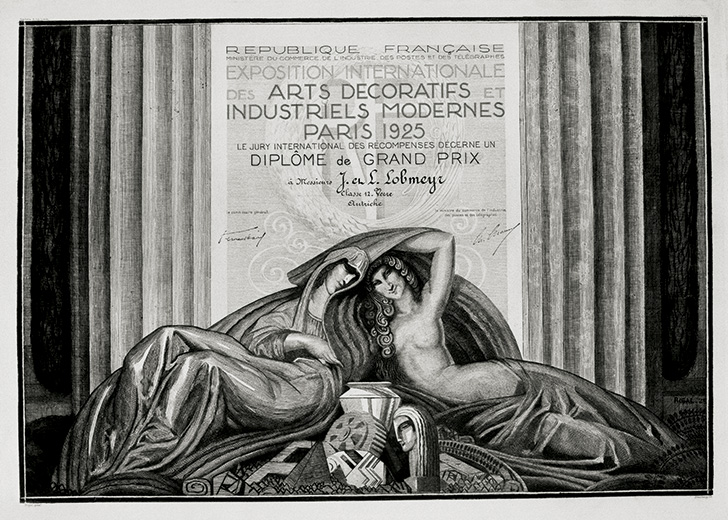
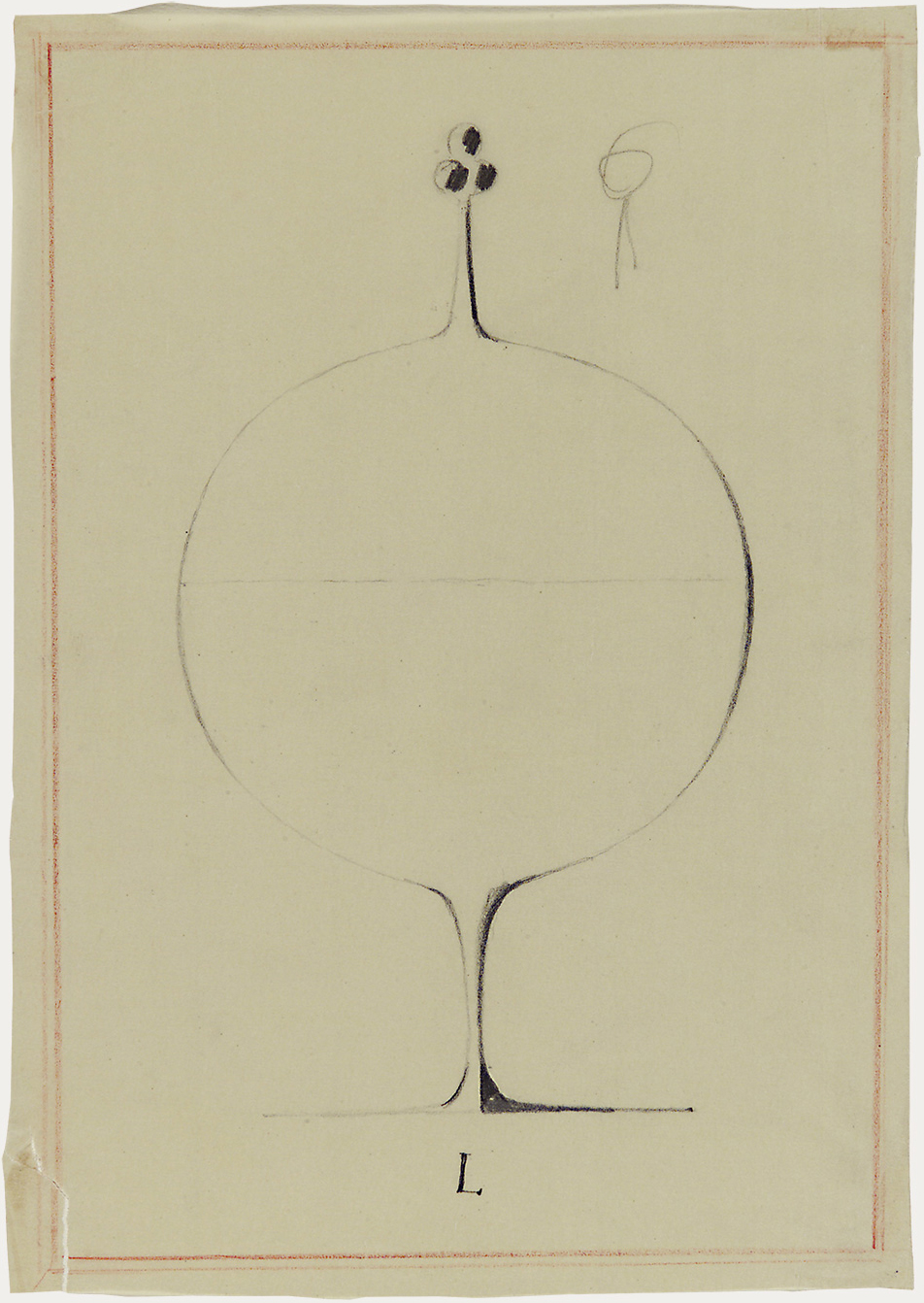
Lightness Perfected: Muslin Glass
Today, Lobmeyr is known for its delicate muslin glass, which was truly blossoming in 1925.
While the extremely thin, groundbreaking Drinking Set No. 4 (Ludwig Lobmeyr, 1854) first inspired Josef Hoffmann and Oskar Strnad, it was primarily Hoffmann’s student Oswald Haerdtl who brought this facet of the material to its peak.
His creativity and curiosity still push artisans to surpass their limits today. Thick folders of Haerdtl’s sketches in the Lobmeyr archives testify to the tremendous productivity of the artist up into the 1950s.
Some of his classics, such as the Candy Dish, the Ambassador series, and the chandeliers in Café Prückel, have earned a lasting status in the world of Lobmeyr.
To our great joy, the third generation of the Lobmeyr family left a handful of written testimonies behind — some relating to the important Paris exhibition of 1925:
“Our participation in the Paris Decorative Arts Exhibition was made possible through a unique collaboration with our unforgettable Oskar Strnad. He took care of the preliminary jury and the installation. The room was decorated in black, white, peacock blue, and gold. Everything that could possibly be made of glass was on display. […] I think the exhibition was an utter success. […]
The Austrian Museum, the Metropolitan Museum, the Musée des Arts Decoratifs in the Louvre, and museums in Stockholm and Prague all purchased the most valuable of the exhibited pieces.”
“At the turn of the century, a revolution in art and taste of unimagined proportions took place. […] At first I was—I openly confess—quite at a loss and my uncle, as only possible, was wholly in opposition. […] We didn’t find a system until I became acquainted with Josef Hoffmann in 1910, and then with Michael Powolny, Alfred Roller, Oskar Strnad, Rudolf von Larisch, EJ Wimmer […]—in short, with all the significant artists. […] Soon after, the Austrian Werkbund was founded, of which I was a co-founder.”
“Over the course of my career, spanning more than six decades, I gradually gained a greater understanding of our unique and wonderful material. […]
When you look at a Haerdtl Candy Dish, you don’t even see the material itself at all; it is only the highlights and reflections that allow us to recognize the form. I was told that the Greeks did not have a word for glass; they described it as lithos chyte—molten rock. Now, very different styles result, depending on whether one places the emphasis on ‘molten’, as with our muslin glasses […], or on the word ‘rock’, which makes one think of a solidified material worked just as if it were a stone. […] I have always tried to keep these two fundamentally different styles as separate as possible, without compromise. Either way, glass or crystal has always been something mysterious, mythical, and not quite of this world.”
— Stefan Rath
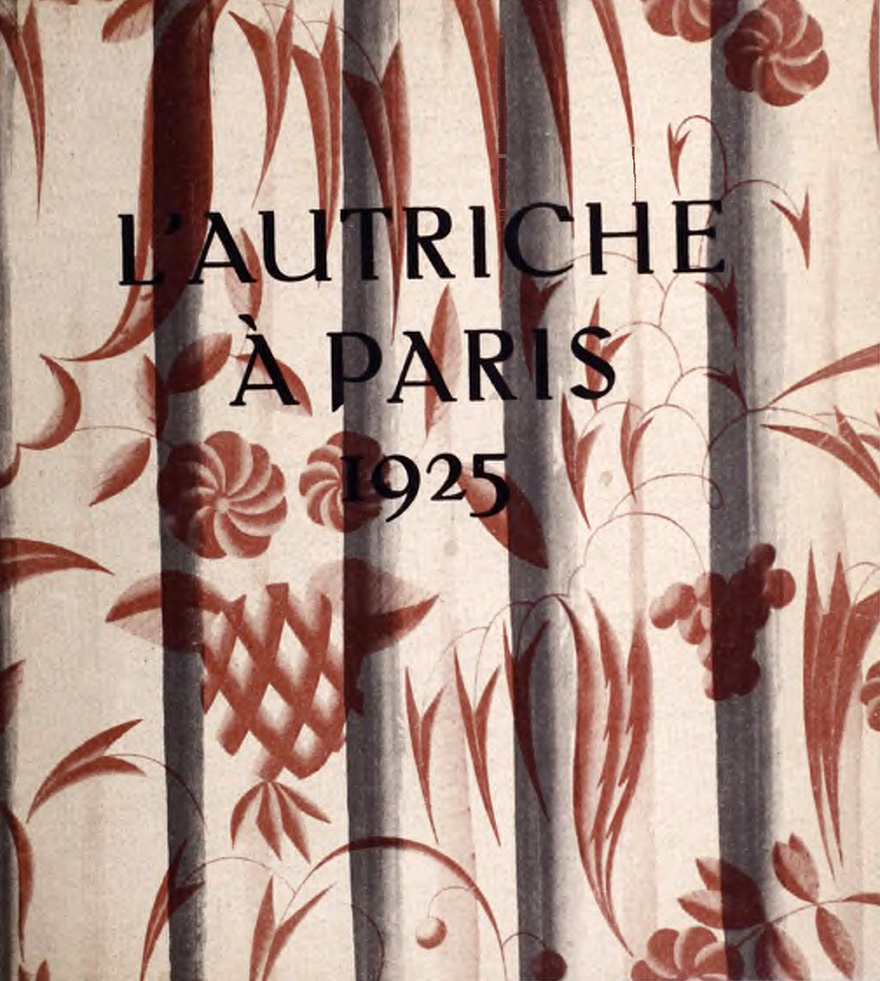
STORIES
STORIES

